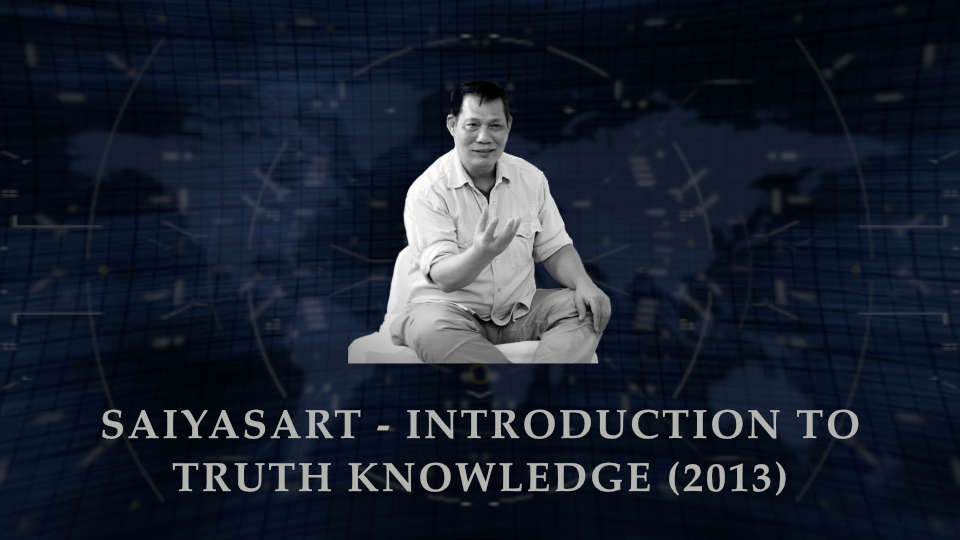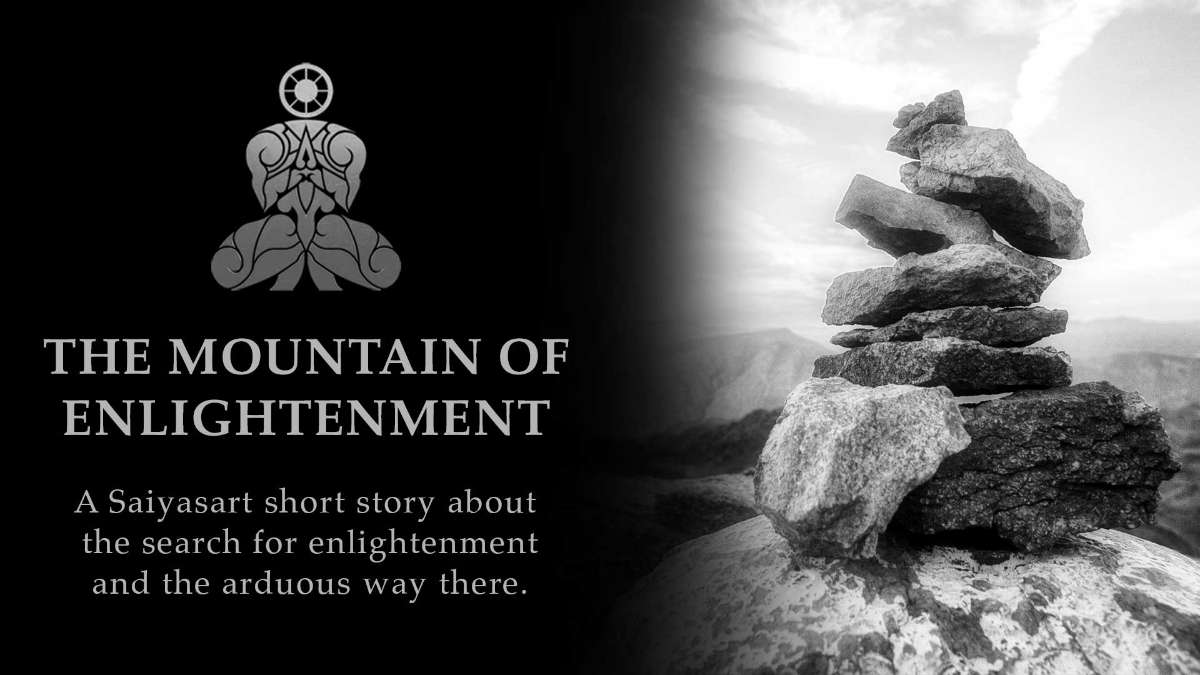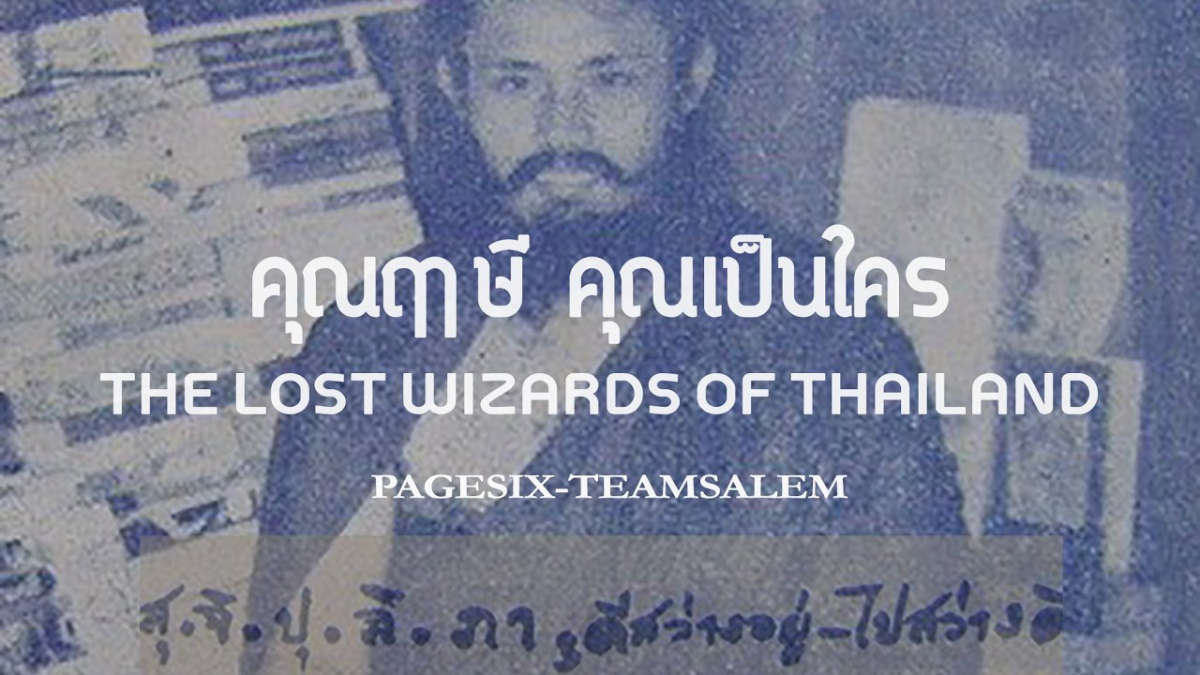What is a view?
In the Saiyasart a view is a data output of the basic data, which involves the simulation of one’s own life function as a self-affected person (see “Being affected”).
Content
About Views and Evaluations
Views and evaluations are the results of a probability calculation that represents information from a specific fixed point for a specific moment. The process of calculating the perceived data is the assessment and the preparation, whereby the prepared information can provide two characteristically different results: the view and the evaluation.
The result differs from the actual information which existed at the time of its creation. The result has only given different information an equal denominator, which allows viewing with identical value.
The sequence of this probability calculation is in four sections.
- The first section is data capturing. Independent from the current perception capacity or the perceivable information content, life-concerning data is immediately separated and the remaining data is compiled as raw information.
- The second section leads to the so-called structural comparison between the remaining data of the raw information and the available data set. Here not perceived parts of the raw information are raplaced with data from the data storage if they are available. Those information that cannot be classified is either discarded or assigned to a new category of its own database. The data that exists after this structuring is recorded as basic data for further processing.
- The third section is the actual probability calculation. A simulated development process is performed with the basic data for the specific moment, with the existing information of the fixed point. The result is available as prepared information.
- The fourth section is used to limit and provide guidance for the final result. The information content will therefore focus on a certain amount and will be available for recalling in a restructured manner as a result.
The output of this processed information differs in principle between the indication as a data-affected person (view) and the indication as the viewer (evaluation).
View 1: The Idea
As an example, we take the view of a boy who one day wants to become a brave fighter. As raw information, he only records the information he receives from literature and from stories about heroic fighters.
However, this level of information is far from complete. His current body condition reflects his own data set. The fixed point is a moment in the future when, according to his probability calculation, he will be a perfect fighter. The orientation guidelines are the heroics he will perform with his abilities as a fighter.
The information content of the boy’s data output, through its processing, will be somewhere between the basic data and the simulated data set, without actually having existed.
View 2: The sensation
A mother receives the immediate information that her child is climbing a tree. The fixed point is a point in the future of your child. At the same time, the body condition of the mother is simulated in the past and applied to the child.
However, the mother never climbed as a child and therefore has no data. According to the mother’s probability calculation, it is possible for her child to fall from the tree as a result. Their data output prompts the reaction to immediately stop the child from climbing to avoid falling down.
However there is no information on whether the child would have fallen down based on its own abilities, nor is the mother’s feeling based off an event from the past.
View 3: The control
A woman says to her husband, “If you leave, I will never see you again!”
The information also includes an orientation guideline and a fixed point, or a processed data output, which is provided for recording. The man will perform a probability calculation that only simulates the possible consequences from that moment to the fixed point. Due to the orientation specifications as selection criteria, its data output will be presented as a result.
Both information is created by a simulation to control a different background.
Recommended glossary entries



